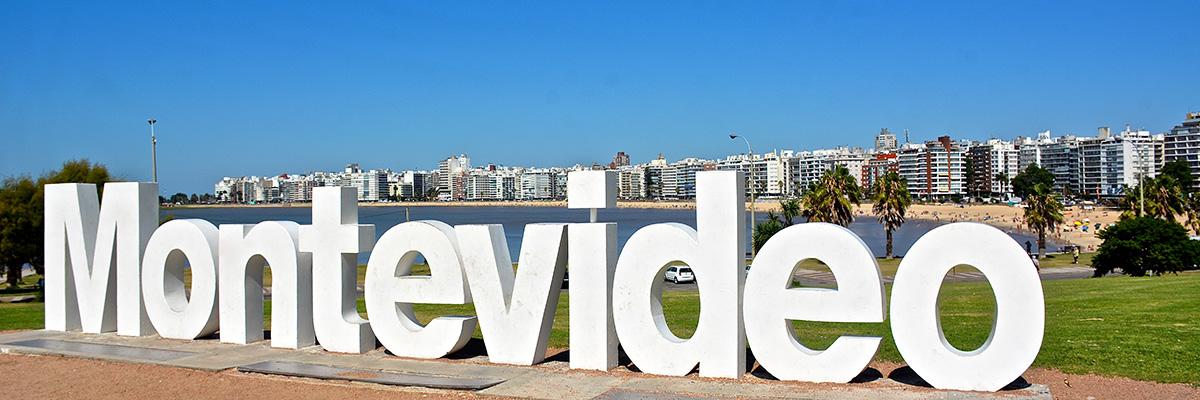Field trips for Montevideo, Uruguay
We highly recommend students participate in the following organized field trips, which are included in your program fees. Some trips may be mandatory for specific classes and will be led by the Resident Director, instructors, or International Office staff. These excursions generally take place on Fridays/Saturdays or Saturdays/weekends.
Please note that destinations may only be available during certain terms and are subject to change at the discretion of the Resident Director or on-site staff.
The following are possible field trip destinations, with further details provided upon arrival.
Uruguay
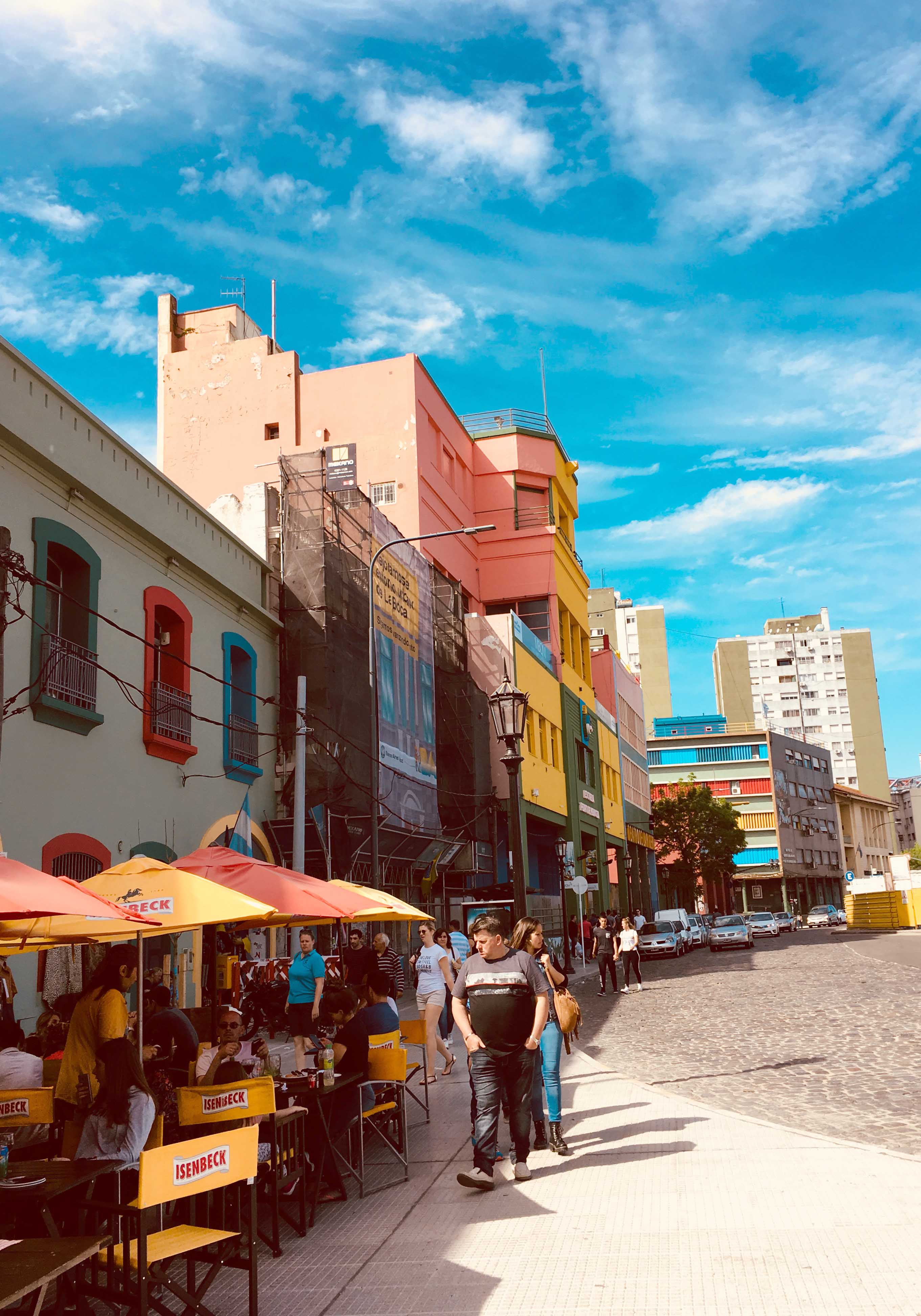 Colonia del Sacramento
Colonia del Sacramento
One of the oldest towns in Uruguay, Colonia is a UNESCO World Heritage site with large squares and narrow cobblestone streets. Founded by Portugal and later conquered by the Spanish, this picturesque city fuses Portuguese, Spanish, and post-colonial styles into a one-of-a-kind historic charm. The city offers easy access to the surrounding areas, including Rio de la Plata beaches, and farms where the locals produce cheese and wine.
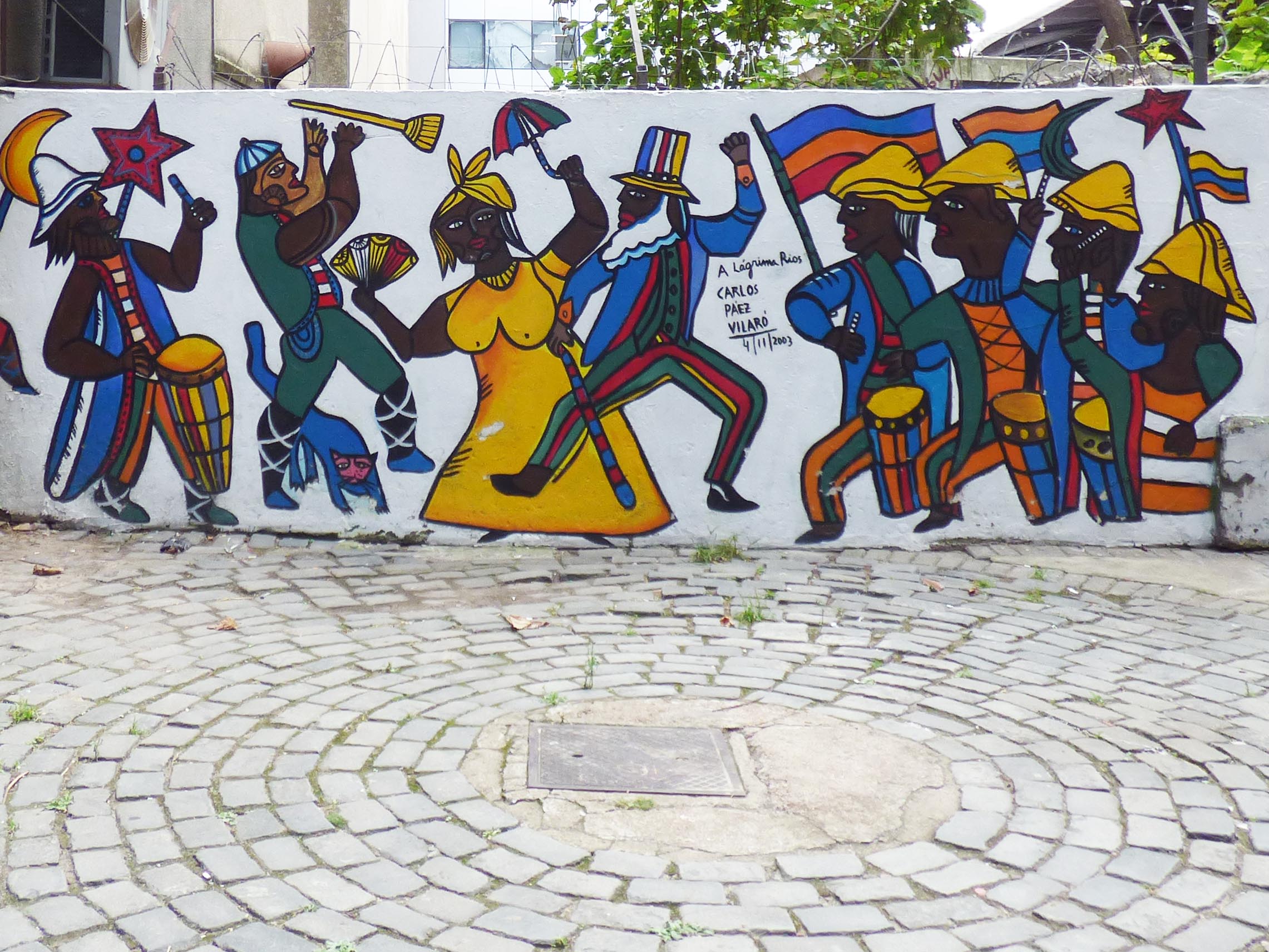 Urban Art Tour
Urban Art Tour
In recent years, graffiti and murals in Montevideo has flourished. This guided tour offers the opportunity to learn about the urban artwork decorating the walls of Montevideo, the stories behind each brushstroke, and the motivation of the artists.
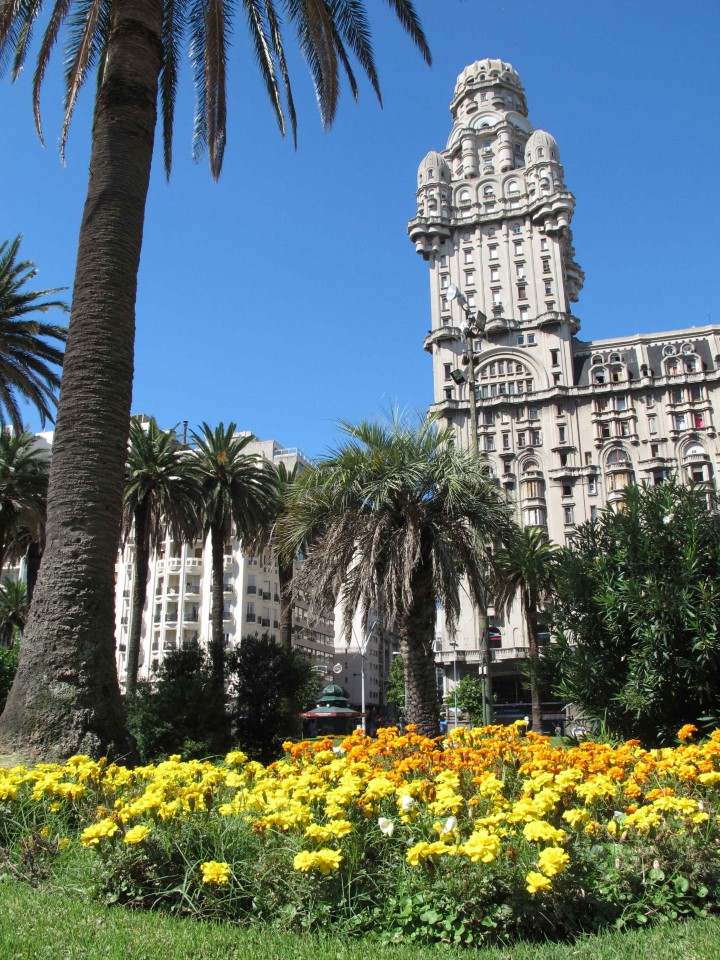 Downtown City Tour
Downtown City Tour
Discover downtown Montevideo on this tour, including Plaza Independencia, the most important square in the city regarding history and politics; the Artigas Mausoleum which celebrates the national hero, José Artigas; museums, art galleries, theaters, and more. You will also tour the old city center of Montevideo to see where history and current Uruguayan life collide.
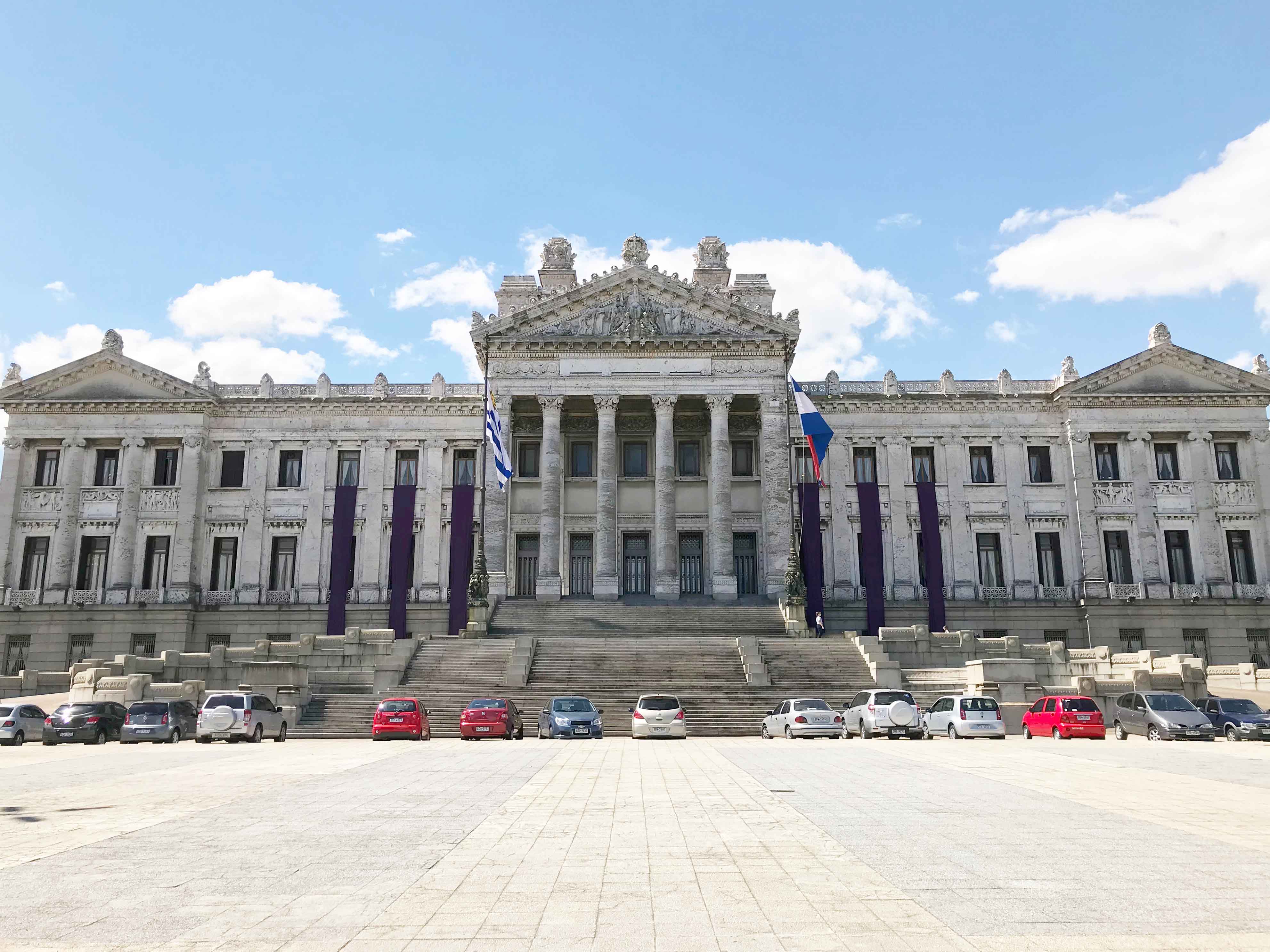 Palacio Legislativo
Palacio Legislativo
Palacio Legislativo is the site where the Uruguayan parliament meets, and the building was declared a National Historic Monument in 1975. Take a guided tour inside the building, including the two chambers of the parliament, the Lost Steps Saloon and the Parliament Library (the second largest library in Uruguay).
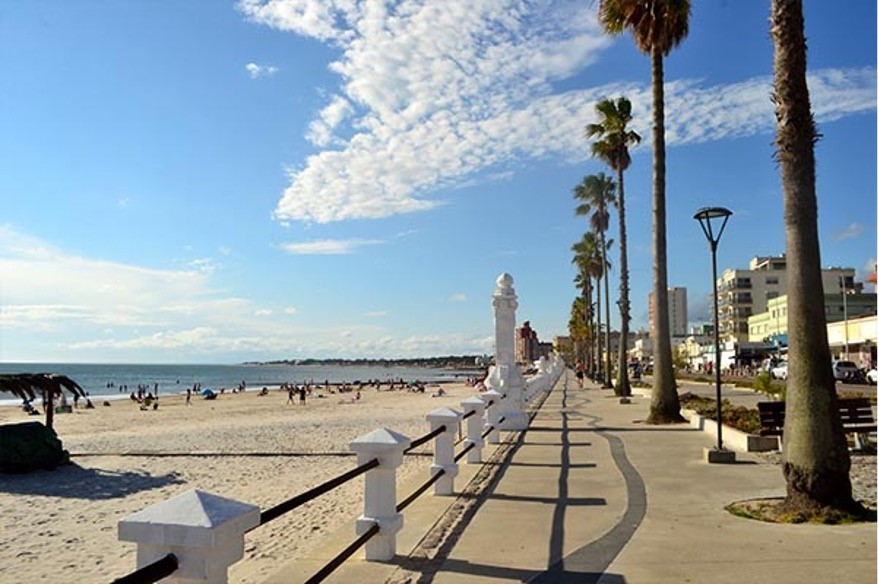 Piriápolis and Punta del Este
Piriápolis and Punta del Este
Visit the Nature Reserve at Cerro Pan de Azucar, a nature park and zoo located near one of the country's earliest resort towns, Piriápolis. Enjoy magnificent coastal city views: from the yacht-filled harbor to the waterfront promenade of Rambla de los Argentinos, which curves around the bay and Piriápolis Beach.
You’ll also visit Punta del Este, a resort city on a narrow peninsula in southeast Uruguay. Check out Brava Beach, popular for its strong surf and giant sculpture of “The Hand” rising out of the sand, and Mansa Beach’s calm, shallow waters. Local handicrafts are sold at Plaza Artigas, near the main street area’s (Avenida Gorlero) upscale stores. You can also enjoy views from a 19th-century lighthouse at the peninsula’s southern tip.
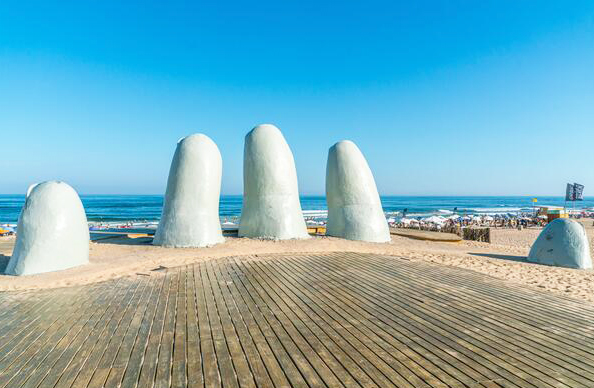 Punta del Este
Punta del Este
Explore the vibrant seaside city of Punta del Este and take some time to enjoy the natural beauty of the area. Often referred to as the “Monaco of the South”, Punta del Este has gained a reputation as a resort for Latin and North American tourists. The site has hosted several historical events, including U.S. President Lyndon Johnson’s 1967 American Summit, the Whitbread Round the World yacht races from 1985 to 1994, and the first roundtable discussion that led to the creation of the World Trade Organization in 1994.
 Sierra de Minas
Sierra de Minas
Discover the quiet, purely Uruguayan city of Minas situated in an idyllic landscape of rolling hills. Visit the downtown area to explore the park, church, and famous local bakery. After visiting the city, you’ll head to Salto del Penitente to enjoy nature, including exciting activities such as trekking to a waterfall, zip lining over a river, and horseback riding with a local guide.
Argentina
In the afternoons after classes, students will go on guided tours to places such as Plaza San Martin, Plaza Embajada Israel, Obelisco and Plaza Mayo, and Teatro Colón.
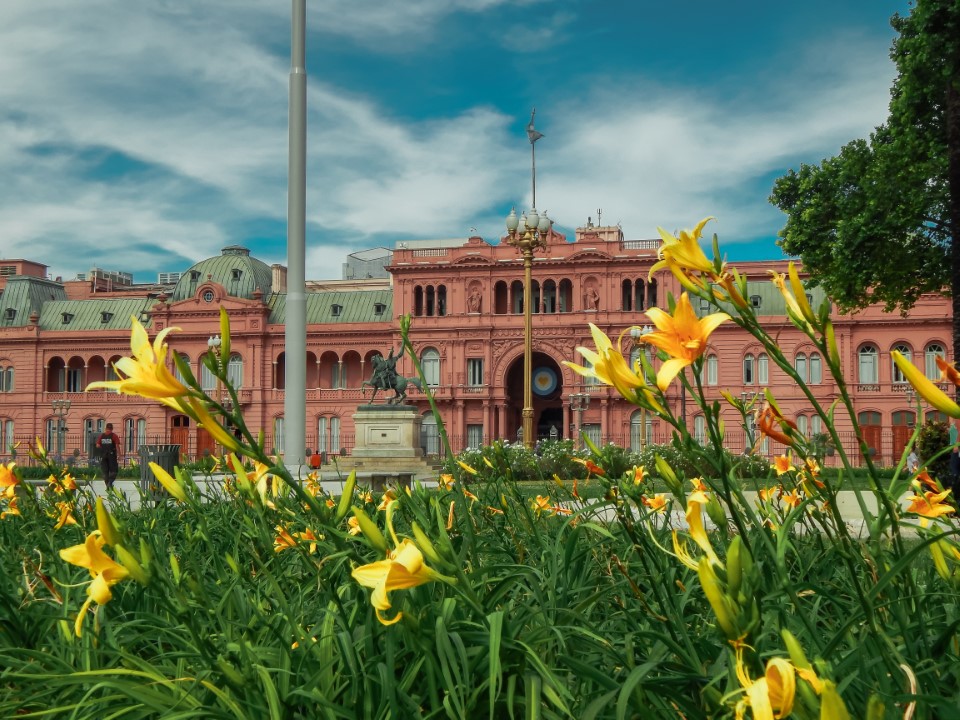 Casa Rosada and San Telmo Market
Casa Rosada and San Telmo Market
Dominating the Plaza de Mayo, Casa Rosada, or pink house, is the seat of the Argentine national government and houses the president’s office. In this historic city see where Juan and “Evita” Perón addressed the masses during the late 1940s and early 1950s. The San Telmo Market is the bohemian neighborhood’s biggest attraction. It began as a 270-stall antiques market in 1970, and has since grown into a huge street bazaar.
 Palermo
Palermo
Visit one of the trendiest “barrios” (neighborhoods) in Buenos Aires. You’ll begin in Palermo Soho to explore its many cafés, restaurants and boutiques, and then head to Palermo Hollywood where most of Buenos Aires’ radio and television studios are located.

